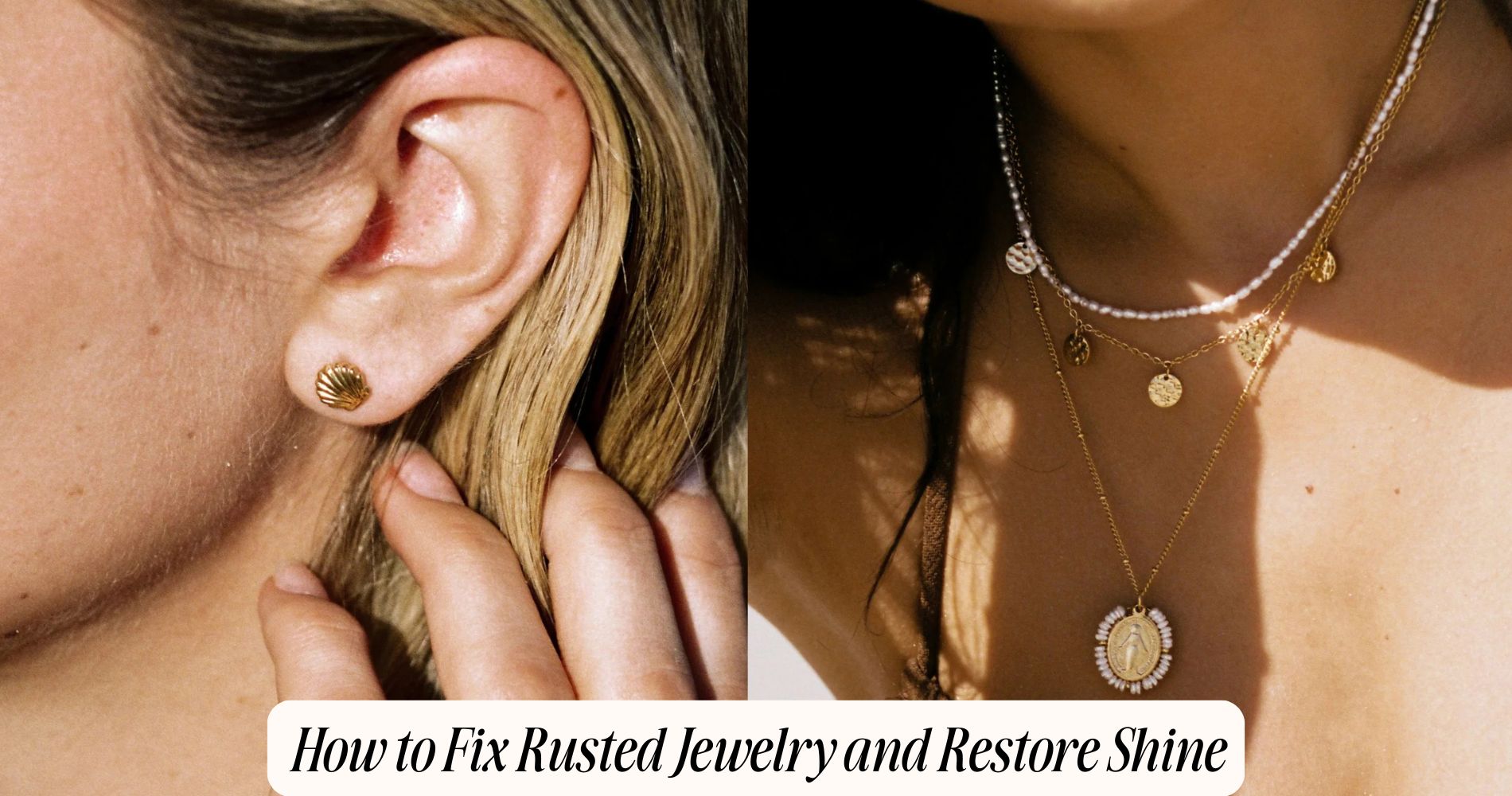
How to Fix Rusted Jewelry and Restore Shine
Learning how to fix rusted jewelry starts with identifying its type—gold, silver, or costume—so you can choose the right cleaning method. Gather essentials like a soft-bristle toothbrush, microfiber cloths, and a bowl. Create a simple solution of white vinegar and baking soda, then soak and gently scrub the jewelry before rinsing with lukewarm water. Dry thoroughly with a lint-free cloth and polish for extra shine. To avoid future rust, always confirm proper drying and storage. For skin-friendly options that resist tarnish, check out our Hypoallergenic Jewelry collection. Stay tuned for more tips!
Identify the Type of Jewelry
Before you begin restoring your rusted jewelry, it’s essential to accurately identify the type of jewelry you’re dealing with.
Start by examining the material composition. Gold jewelry is usually marked with a karat number like "14K," indicating its purity. Silver jewelry often has "925" or "Sterling" stamps. Costume jewelry lacks these markings and is typically made from inexpensive metals with a plated finish.
Antique jewelry might show signs of intricate craftsmanship and age-related patina. Differentiating between these types is vital because each requires specific cleaning methods.
For example, gold and silver can tolerate certain chemical treatments, whereas costume jewelry is more delicate. Recognizing the material helps you tailor your restoration approach, ensuring you don’t cause further damage.
Gather the Necessary Cleaning Supplies
To effectively restore your rusted jewelry, you'll need to gather the appropriate cleaning supplies, which vary based on the type of jewelry material.
Begin with the basics: a soft-bristle toothbrush, microfiber cloths, and a shallow bowl. These jewelry tools are vital for gentleness and precision.
For metal-based jewelry, you’ll want fine-grade steel wool or a polishing cloth to carefully remove rust without damaging the surface. If your jewelry contains gemstones, select non-abrasive cleaning materials to avoid scratches.
Consider acquiring a magnifying glass to inspect delicate areas for rust. Additionally, keep cotton swabs handy for detailed work.
It's important to understand the specific requirements of each material to maintain the integrity and luster of your cherished pieces during the cleaning process.
Prepare a Cleaning Solution
Creating an effective cleaning solution is crucial for restoring your rusted jewelry. Start by choosing the right cleaning agents. White vinegar and baking soda are excellent for rust removal due to their acidic and abrasive properties, respectively.
For the solution, mix three parts white vinegar to one part water. This solution ratio guarantees the acidity effectively breaks down rust without damaging the jewelry. Next, add a tablespoon of baking soda to the mixture, allowing it to bubble and integrate fully.
Stir gently until the baking soda dissolves. Verify the container you use is non-reactive, like glass or plastic, to avoid unwanted chemical reactions.
Soak and Scrub the Jewelry
Start by immersing your rusted jewelry in the prepared cleaning solution for best results.
Use proper soaking techniques, guaranteeing each piece is fully submerged to allow the solution to penetrate rust layers effectively. Let the jewelry sit for 15-30 minutes, depending on the rust severity.
While soaking, gather your scrubbing tools. A soft-bristled toothbrush is ideal for delicate surfaces, while a brass brush suits sturdier pieces.
After soaking, gently scrub the jewelry, focusing on rust-prone areas. Apply minimal pressure with the toothbrush to avoid scratching, and use the brass brush only on robust metals.
Regularly dip the jewelry back into the solution to wash away loosened rust particles. This method guarantees a thorough cleaning, restoring your jewelry's original shine.
Rinse and Dry Thoroughly
Once you've thoroughly scrubbed your jewelry, it's crucial to rinse away any remaining cleaning solution and rust particles.
Use lukewarm water as part of your rinse techniques to guarantee all residue is removed without causing thermal shock to the metal.
Hold the jewelry under a gentle stream, or if it's delicate, immerse it in a bowl of water, swishing it around gently.
After rinsing, employ proper drying methods to prevent moisture from creating new rust spots.
Use a soft, lint-free cloth to pat the jewelry dry.
For intricate designs, a hairdryer on a low, cool setting can help evaporate moisture from crevices.
Confirm the jewelry is completely dry before storing it to maintain its restored condition.
Polish for Extra Shine
After ensuring your jewelry is completely dry, turn your attention to polishing for that extra gleam.
Choose the right polishing techniques based on the metal type. For gold and silver, use a microfiber cloth or a soft, lint-free cloth. Gently rub the surface in a circular motion, ensuring even pressure.
For intricate designs, consider a soft-bristle toothbrush to reach crevices. Enhance the shine with a suitable shine enhancer, such as a specialized jewelry polish. Apply a small amount to the cloth, and polish until the piece sparkles.
If your jewelry includes gemstones, avoid getting polish on them, as it can cause damage. Always finish by wiping the piece with a clean cloth to remove any polish residue.
Protect and Store Properly
Proper protection and storage of your jewelry is essential to prevent rust and maintain its allure. Implement preventive measures by ensuring your jewelry is dry before storing it.
Moisture accelerates rust, so use a soft cloth to wipe each piece, removing sweat and oils. Consider storage solutions like anti-tarnish pouches or cloth-lined boxes that minimize humidity exposure.
Use silica gel packets or activated charcoal in storage areas to absorb excess moisture. Keep each piece separated to avoid scratches and tangling.
Choose storage materials wisely; wood emits gases that can tarnish metal, so opt for acrylic or metal containers. Store jewelry in a cool, dark place to reduce exposure to sunlight, which can degrade finishes and cause discoloration over time.
Regular Maintenance Tips
Even with the best storage practices, regular maintenance is essential to preserving the beauty and integrity of your jewelry. Establish a cleaning frequency that suits each piece's material. For example, gold and silver items benefit from weekly cleaning, while more delicate stones require monthly maintenance.
Use a soft-bristle brush and mild soap solution to remove grime and tarnish gently. Always dry thoroughly with a lint-free cloth to prevent moisture retention, which can lead to rust.
In terms of jewelry storage, guarantee each piece is kept in a dry, cool environment. Use anti-tarnish strips and separate compartments to minimize contact between metals. This prevents scratches and corrosion.
Regular inspection of clasps and settings guarantees longevity. Promptly address any signs of wear to maintain your jewelry's brilliance.
Frequently Asked Questions
Can Rust Damage the Stones in Jewelry?
Yes, rust effects can compromise stone integrity. Even though stones are generally resilient, rust can seep into crevices, causing discoloration and weakening settings. Clean regularly and store in dry conditions to prevent rust's impact.
What Household Items Can Remove Rust From Jewelry?
Use a vinegar solution and baking soda to remove rust from jewelry. Soak the piece in vinegar for a few hours, then scrub gently with a baking soda paste. Rinse thoroughly and dry to restore shine.
How Long Does It Take to Restore Rusted Jewelry?
Restoring rusted jewelry typically takes between 30 minutes to a few hours, depending on damage severity. You'll need patience and proper materials for an effective restoration timeline. Regular jewelry maintenance prevents extensive rust, saving you time.
Is Professional Cleaning Necessary for Heavily Rusted Pieces?
Professional cleaning's often necessary for heavily rusted pieces. Experts use specialized rust removal techniques ensuring jewelry's material integrity. Attempting DIY methods might damage delicate surfaces. Trust professionals for thorough restoration and maintaining your jewelry's original luster and charm.
Can Rust Prevention Methods Be Applied to All Types of Jewelry?
Yes, you can apply rust prevention techniques universally, but consider jewelry materials first. Use protective coatings for metals, avoid moisture exposure, and store properly. Tailor methods to material type for ideal protection and longevity.
Conclusion
By following these steps, you’ll effectively restore your rusted jewelry to its original shine. Identify the type of jewelry before choosing your cleaning supplies, ensuring compatibility. Prepare a suitable cleaning solution and gently soak and scrub the pieces. Rinse thoroughly and dry to prevent water spots. Polish for that extra gleam, then store properly to safeguard against future rust. Regular maintenance will keep your jewelry in pristine condition, allowing you to enjoy its beauty for years.


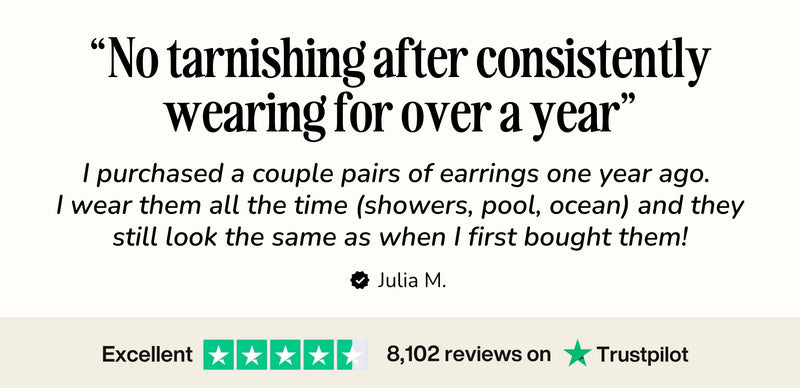




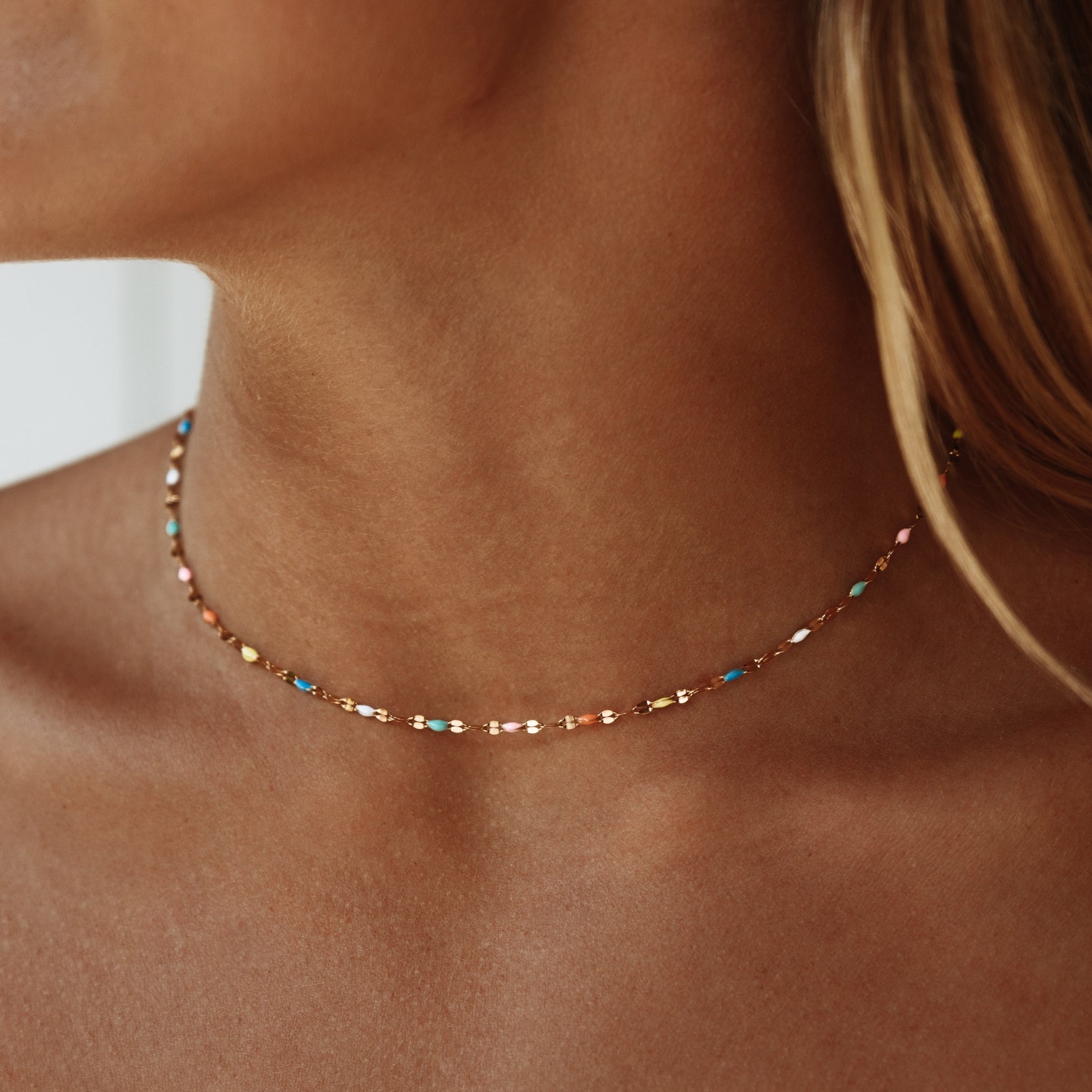
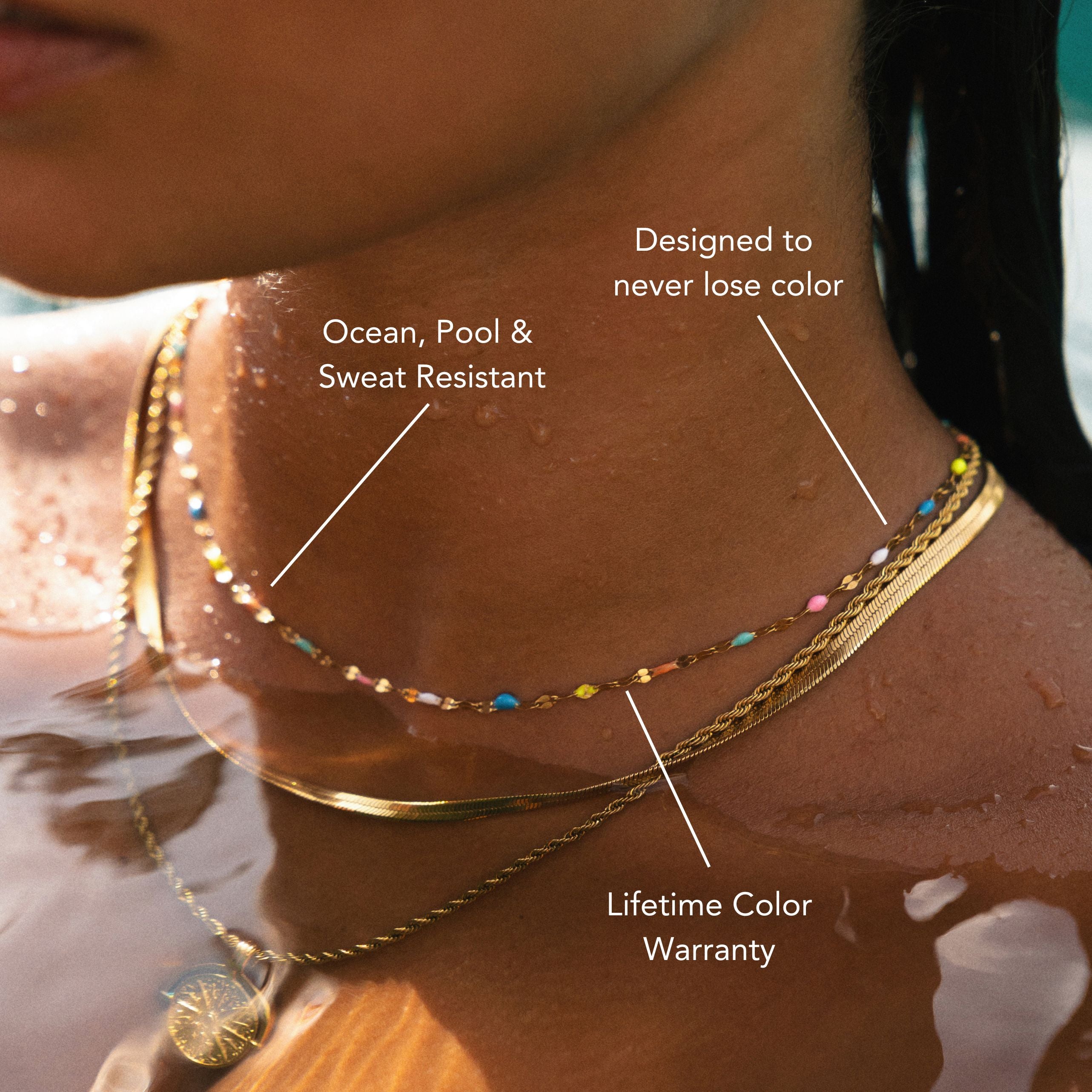
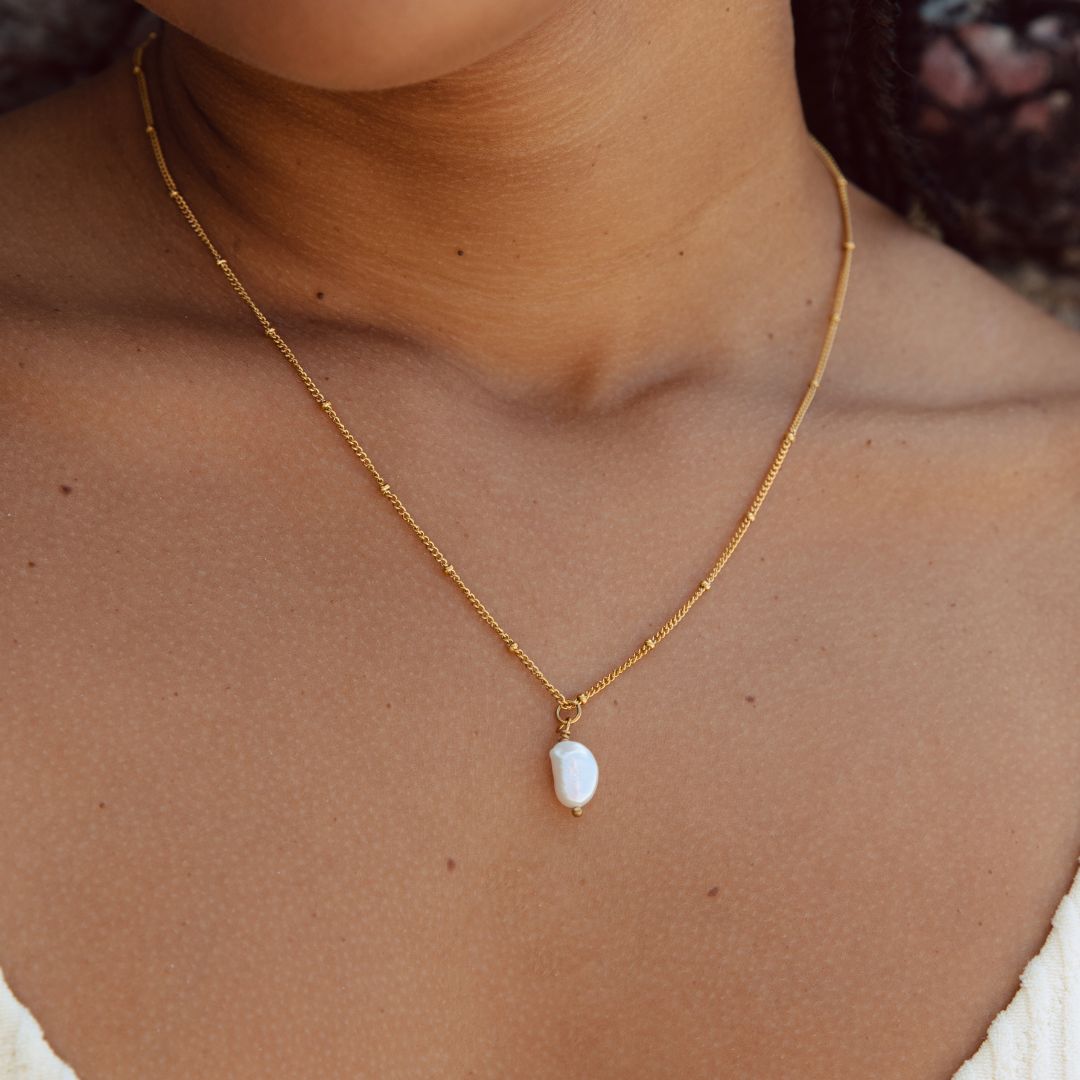
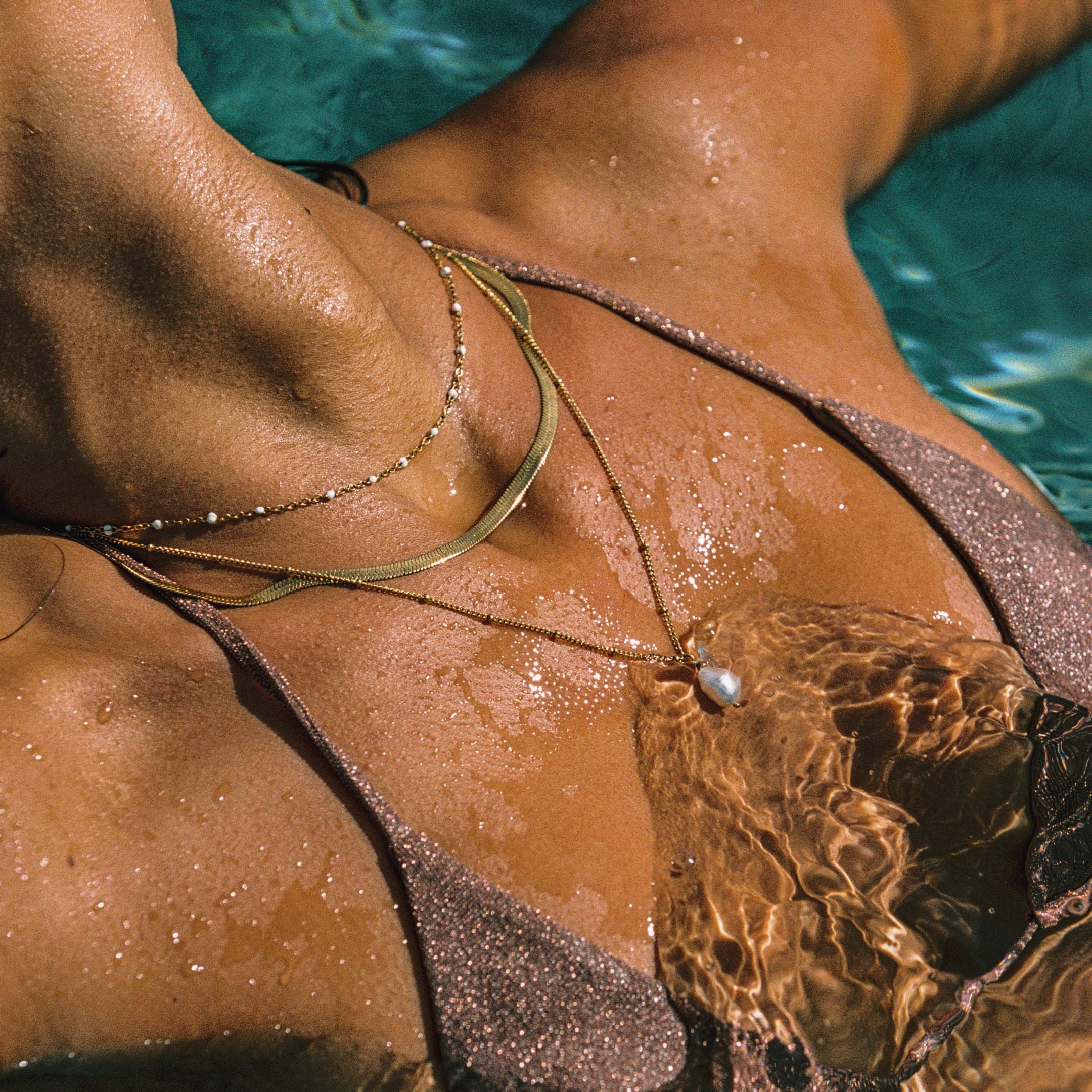
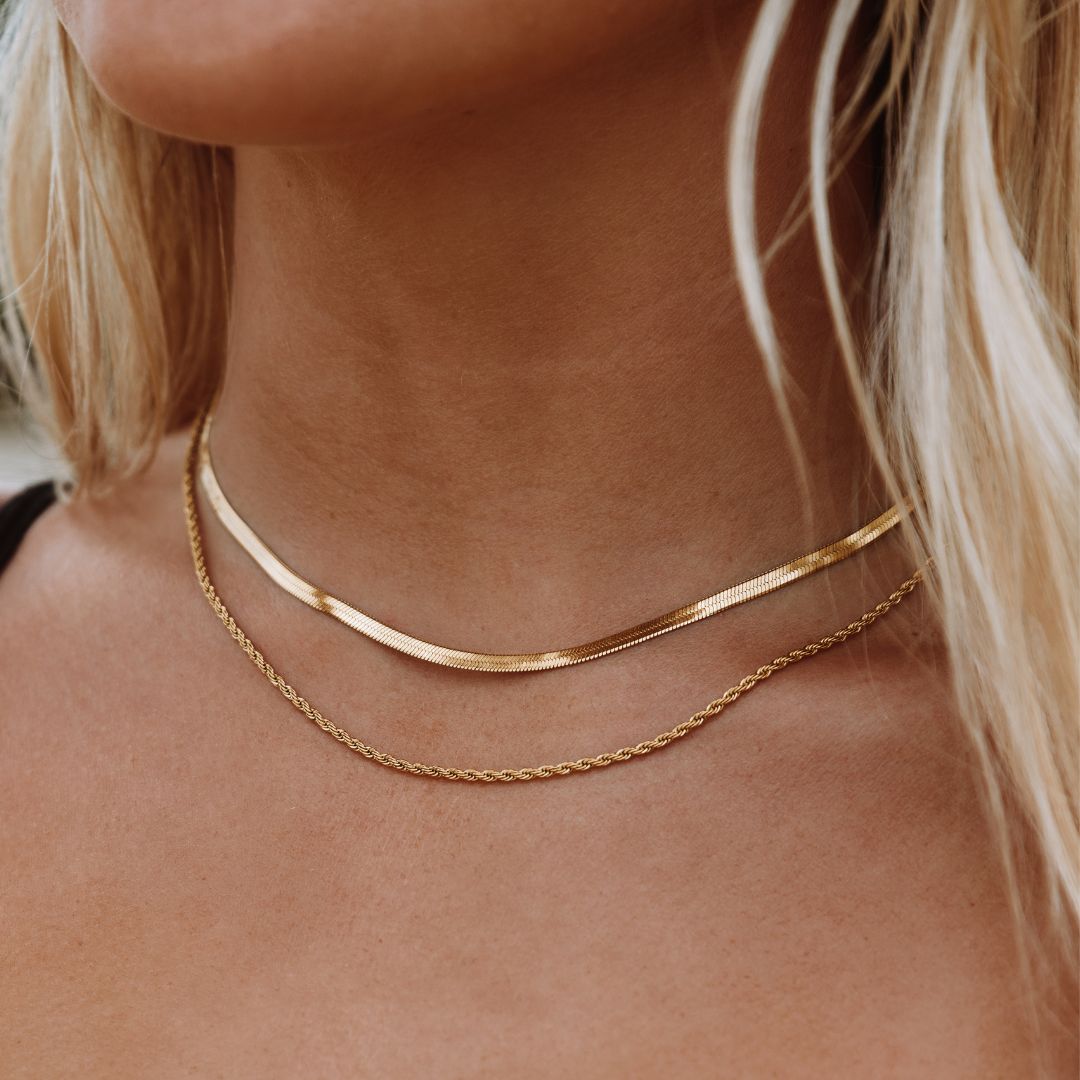
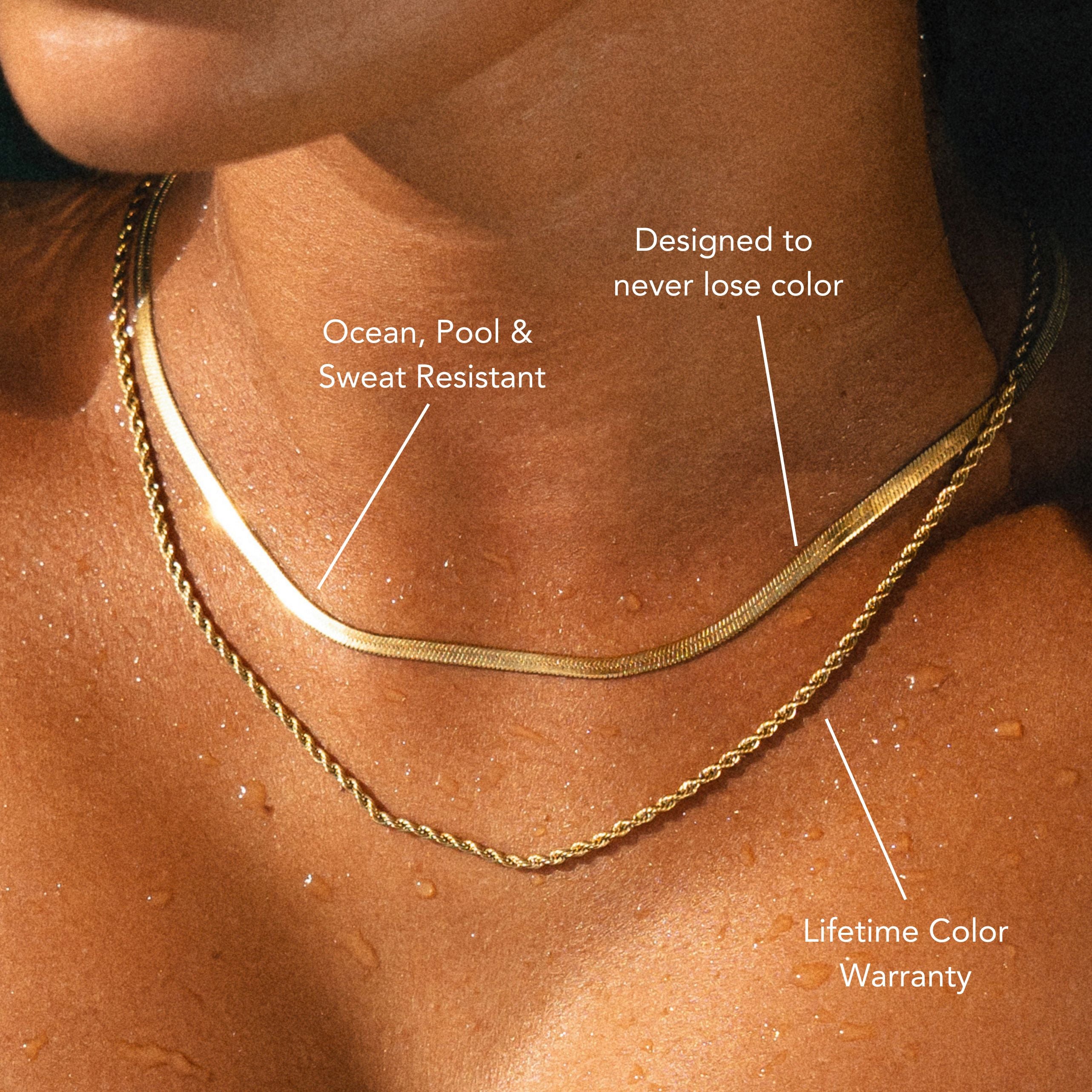
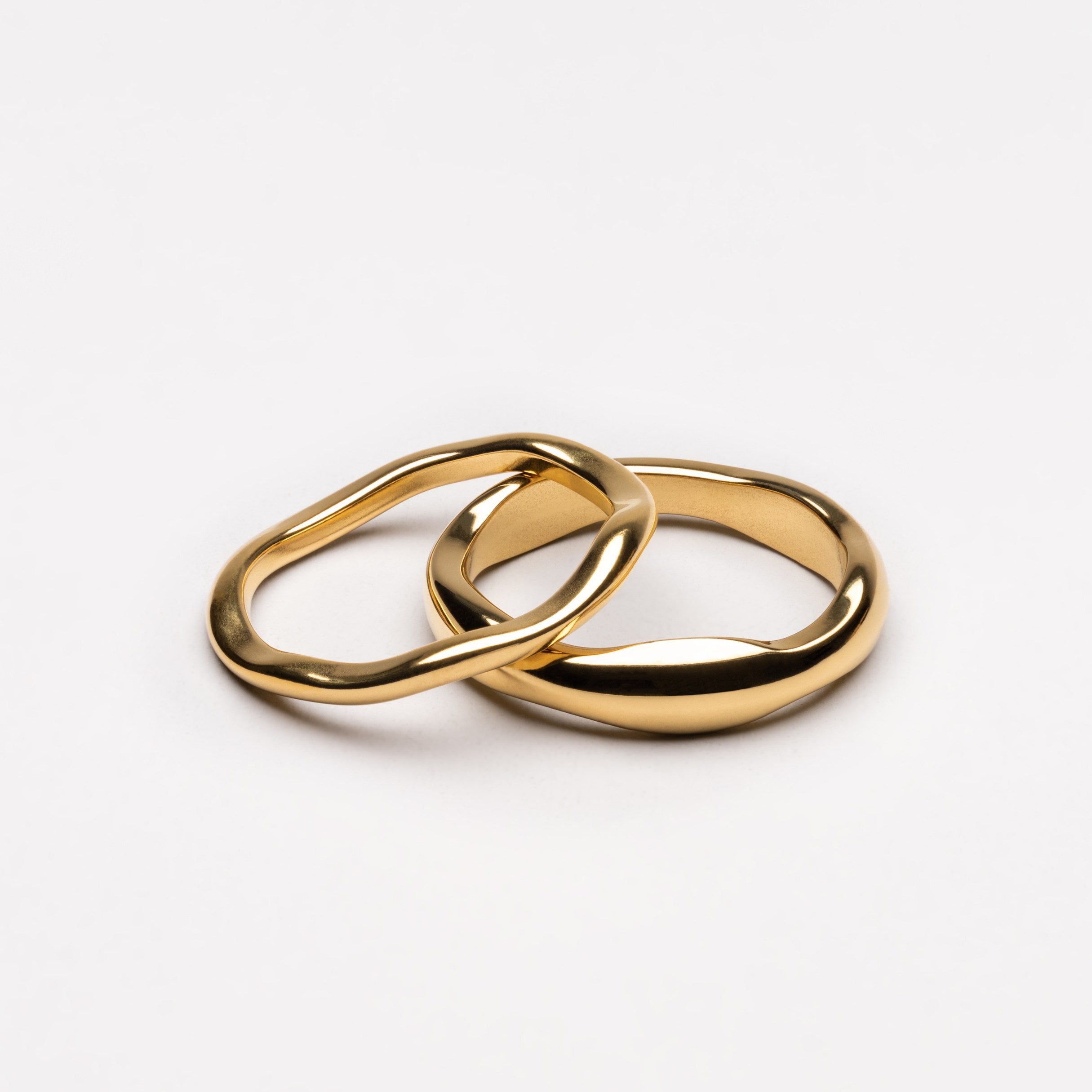
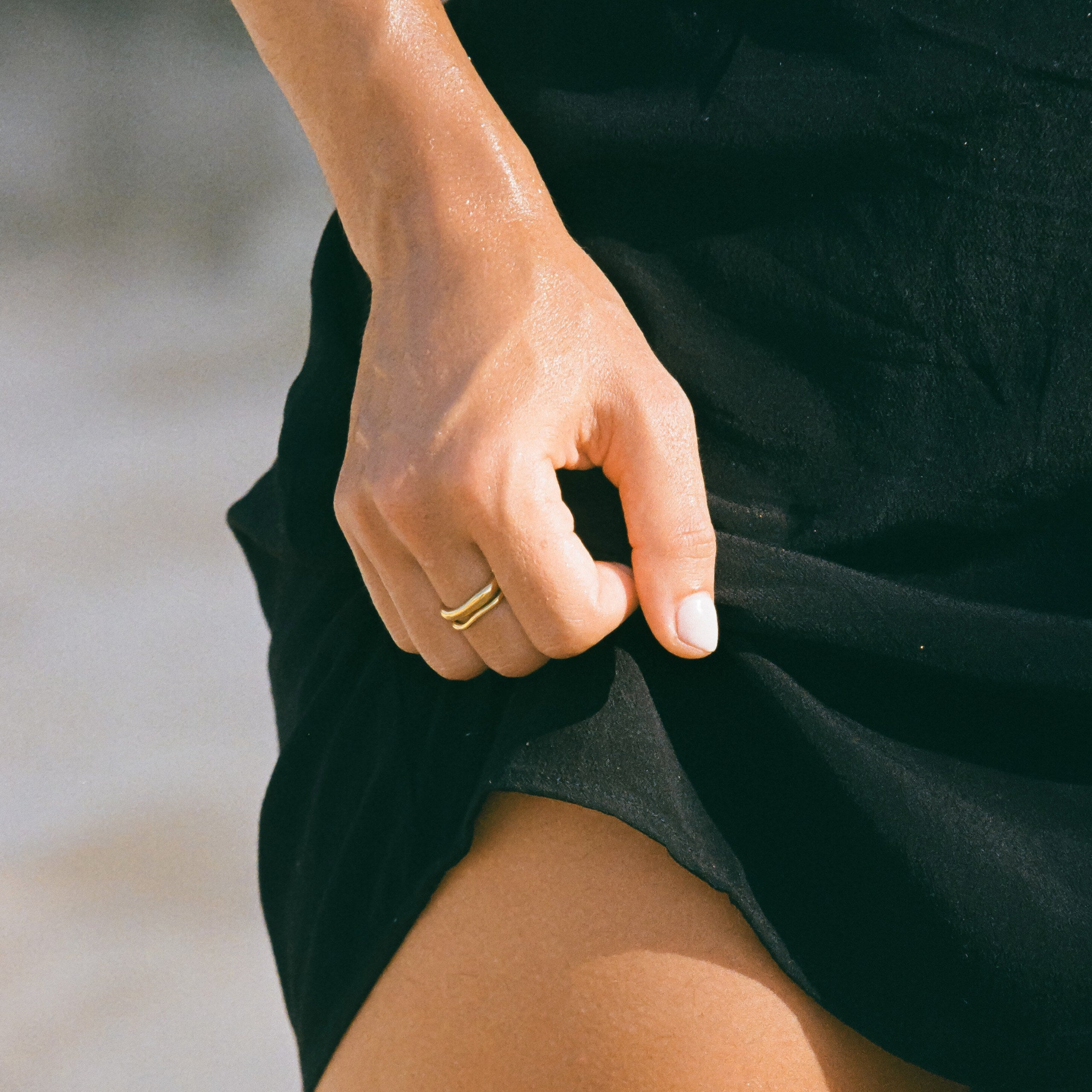
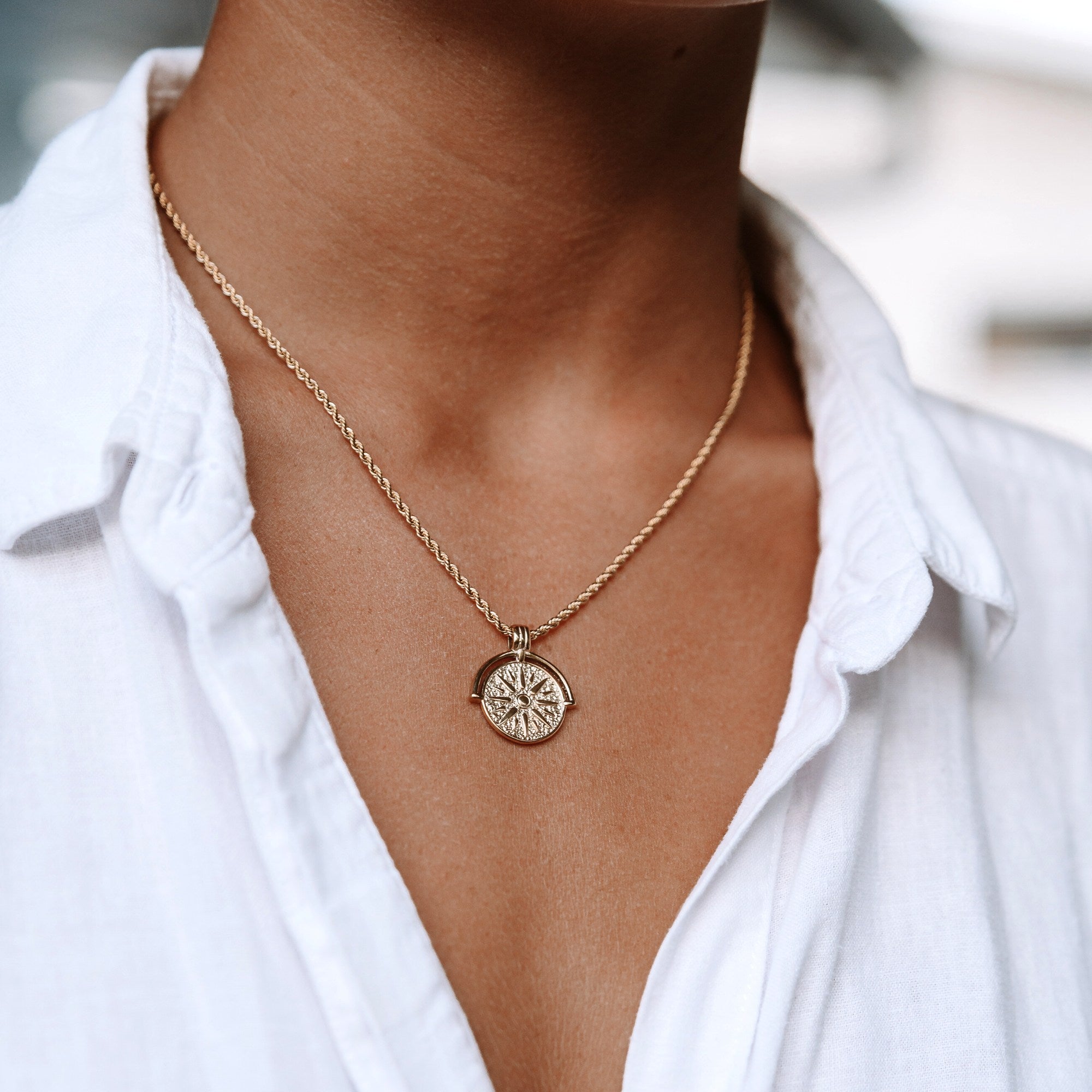
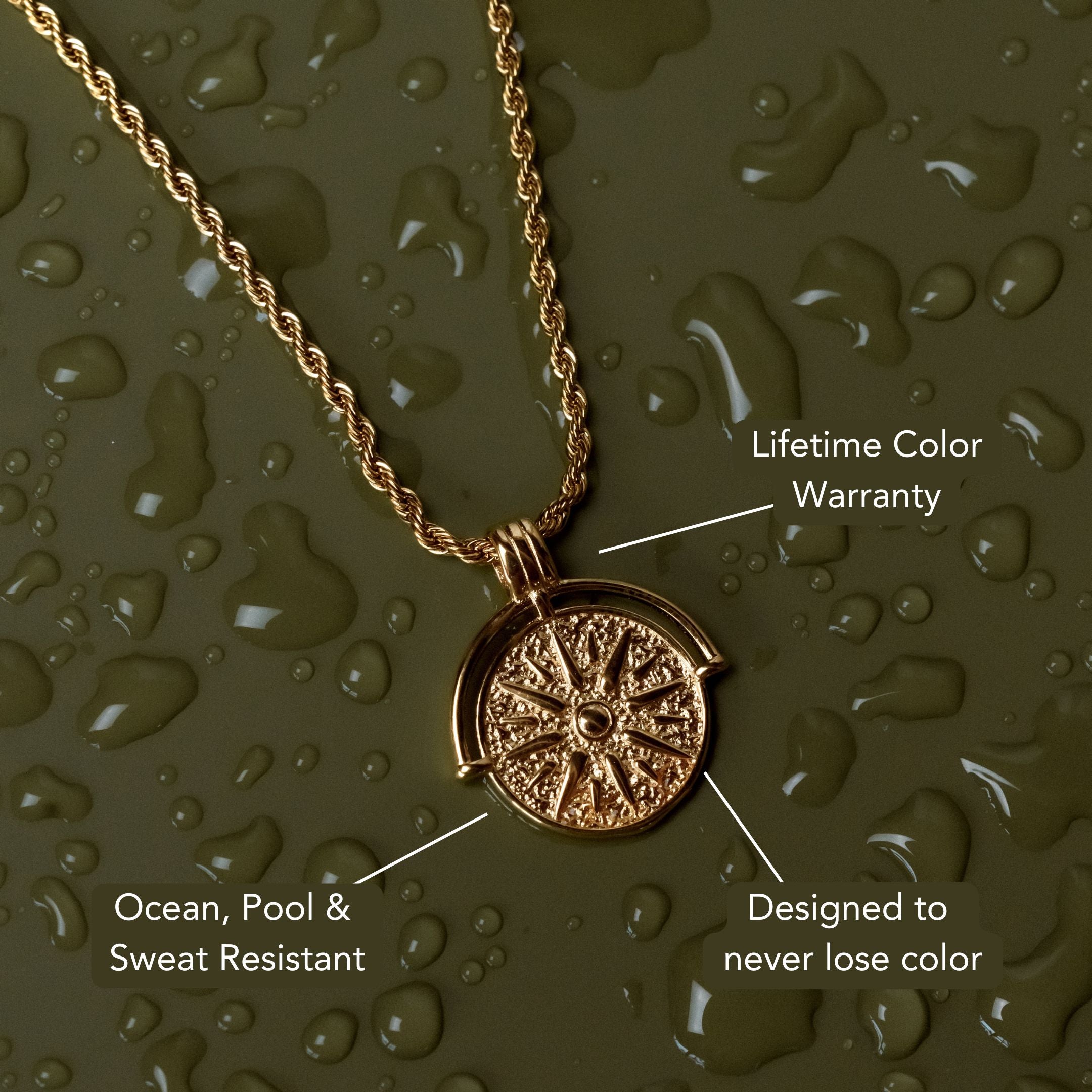
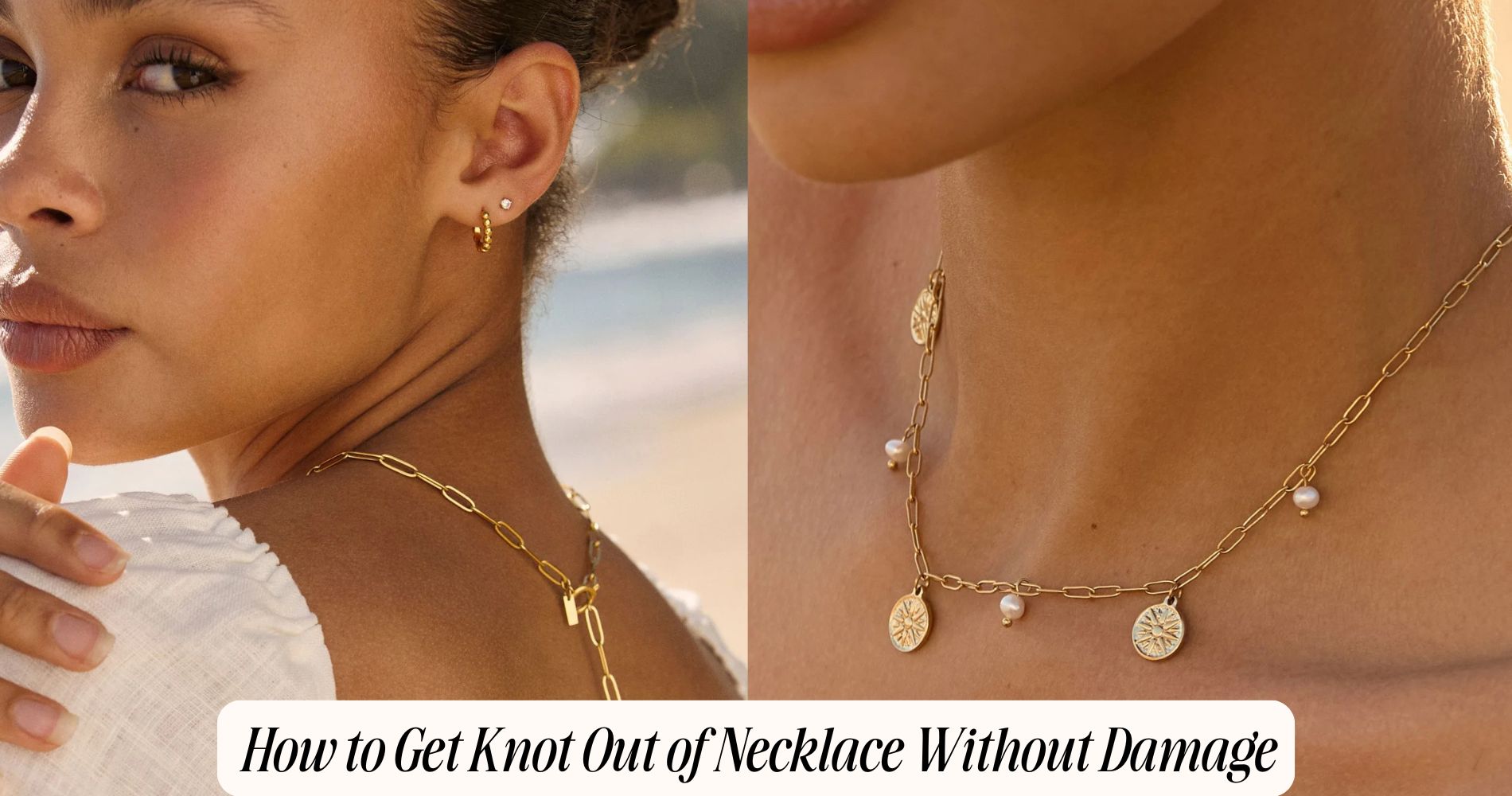
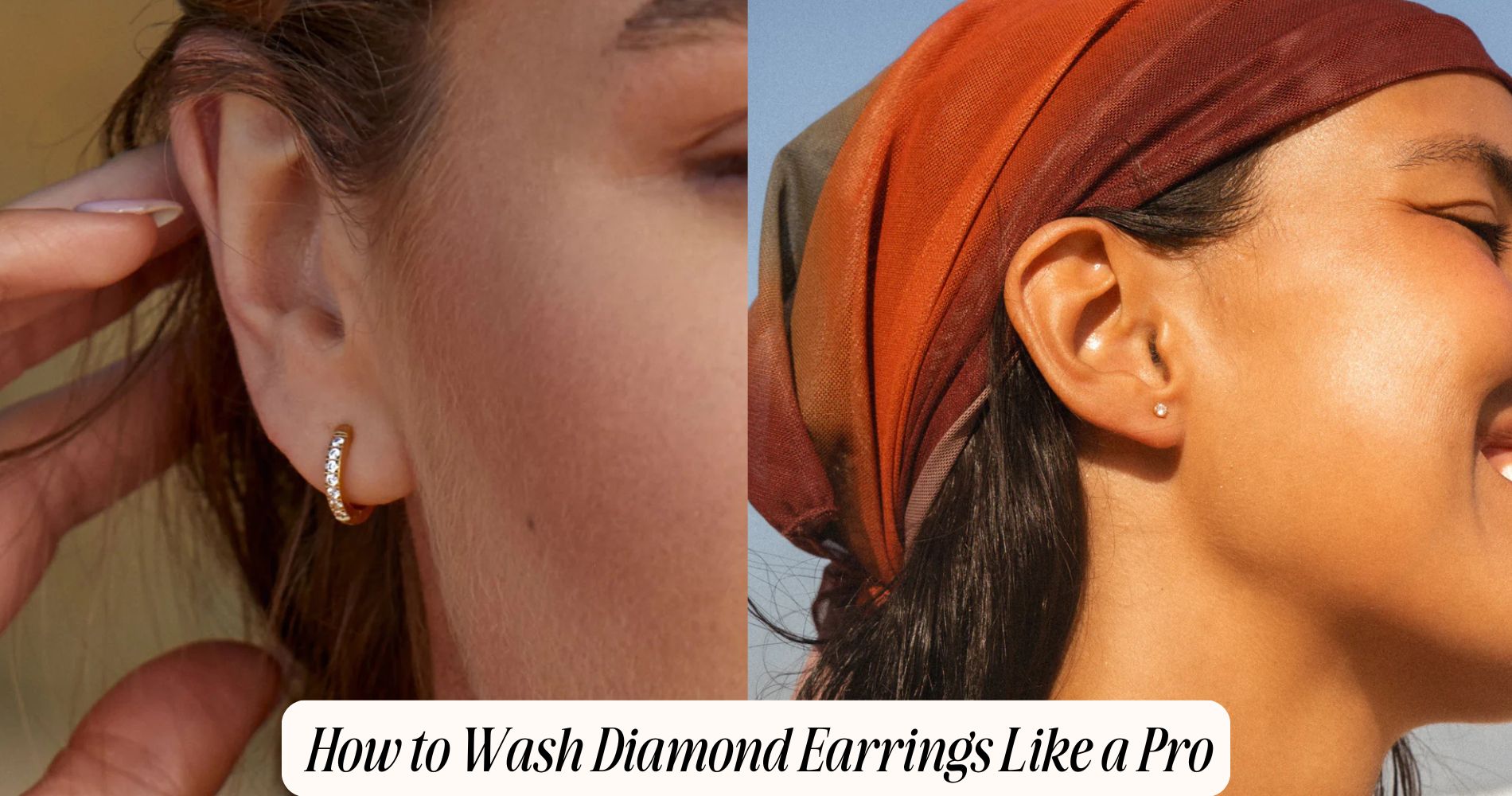




Leave a comment
This site is protected by hCaptcha and the hCaptcha Privacy Policy and Terms of Service apply.